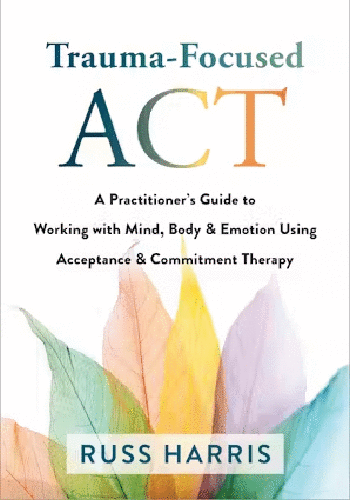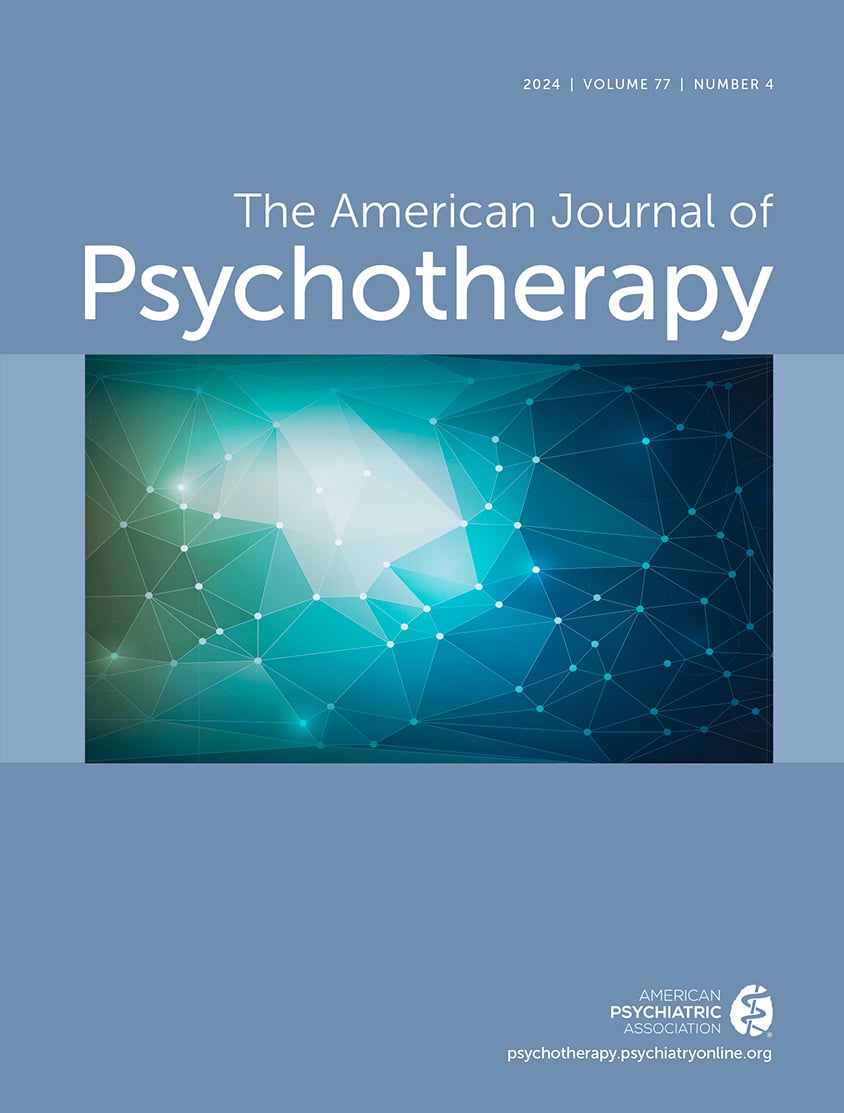by Russ Harris; Oakland, CA, New Harbinger Publications, 2021, 400 pages

How do I care for patients with trauma? As I (B.N.) began to acclimate to my new responsibilities at the start of a psychiatry residency program, I came back to this question again and again. At the outset, I was advised to approach trauma with respect and sensitivity. I knew that a delicate approach was important and that specific skills were needed to avoid inadvertently worsening the patient’s condition. But what were these skills, and where could I find them? I believed that, as a mental health professional, it was my responsibility to own these skills and be not only capable but good at helping patients heal from past traumatic events. Over the years, I found that these skills are not learned overnight, and no single book can replace years of training and clinical practice. Now, at the completion of residency, and with the additional perspective of a faculty psychiatrist (C.M.), our goal in reading and reviewing Trauma-Focused ACT: A Practitioner’s Guide to Working With Mind, Body, and Emotion Using Acceptance and Commitment Therapy, by Russ Harris, M.D., was to gain additional trauma-informed clinical skills and to find a reputable text to recommend to trainees and faculty members alike.
Dr. Harris is a preeminent educator in the acceptance and commitment therapy (ACT) community. Following his medical education, Dr. Harris received therapy training under Steven Hayes, Ph.D., a cofounder of ACT, and has since contributed extensively to the field in the form of multiple self-help books, professional texts, training courses, and free therapy resources—all highly regarded by the ACT community. Trauma-Focused ACT marks Dr. Harris’ installment of foundational trauma-informed technique presented within the well-established and scientifically validated ACT framework.
The book is organized into five sections: it begins with an introduction to trauma-focused ACT theory and is followed by sections titled “Beginning Therapy,” “Living in the Present,” “Healing the Past,” and “Building the Future.” The structure is built around a patient’s progression through therapy, with early intervention and foundational knowledge—including basic neuroscience—presented early in the text. In keeping with the ACT model, Dr. Harris briefly explains the core principles of the ACT hexaflex but does not strictly organize information around them. By the end of the book, readers will have gained an appreciation for the interconnectedness of the hexaflex principles and the ability to derive interventions from each of them, while not feeling too far removed from patient interaction. This is emblematic of Dr. Harris’ greatest strength as an educator: the ability to rapidly distill theory into straightforward, pragmatic intervention.
He also cautions practitioners of the danger of lingering too long on explanations of theory, which may delay the teaching and practicing of ACT skills. Dr. Harris presents theory only briefly as justification for an intervention before quickly shifting the focus to teaching a corresponding skill. These skills are taught with easy-to-read, scripted cases. Then, after demonstrating a conversation playing out as expected, he immediately transitions to worst-case scenarios and troubleshooting difficult exchanges with patients. This anticipation of turbulence in particular rings with the authenticity of clinical experience and bolsters the legitimacy of Dr. Harris as a clinician-educator.
Dr. Harris’ authenticity is further exemplified in the tone of his writing. In keeping with ACT’s core principle, cognitive flexibility, the author humbly invites readers to try something new, tweak or discard aspects of interventions that are not working, and adapt interventions to the patient’s needs as therapy progresses. These invitations are accompanied by lightheartedness, enthusiasm, and humor. While reading Dr. Harris’ book, we could not help but absorb some of his positivity and flexibility because this attitude is so genuinely displayed throughout the text.
From a trainee’s perspective, this book is a good option for those interested in learning trauma-related intervention couched in the scientifically validated framework of ACT. Busy residents or postgraduate trainees will appreciate Dr. Harris’ clear writing and emphasis on practical skills. As a result of Dr. Harris’ talent as a writer, learners are guided down a straightforward path from textbook knowledge to clinical application.
Additionally, this book is well suited for psychiatry faculty and clinical educators who carry the expectation to teach and model trauma-informed care. To this end, the book exemplifies the spirit of cognitive flexibility central to ACT while providing heartfelt encouragement to those currently practicing. The core principles of the book will not be new to the seasoned ACT therapist. However, those acquainted with ACT therapy will undoubtedly pick up a fresh approach, intervention, or metaphor. For this reason, faculty educators could readily incorporate this text into a postgraduate training program by either having trainees read the text in its entirety or by integrating tidbits from the text into an already established ACT curriculum.
Overall, we highly recommend Trauma-Focused ACT to mental health professionals ranging from beginners to practicing faculty. This book could serve as a first encounter with trauma-informed care for new trainees, as well as an effective refresher and reference for faculty members. Regardless of clinical experience, readers will take away not only actionable trauma-informed skills but also Dr. Harris’ spirit of enthusiasm, positivity, and practical sensibility for patient care.


